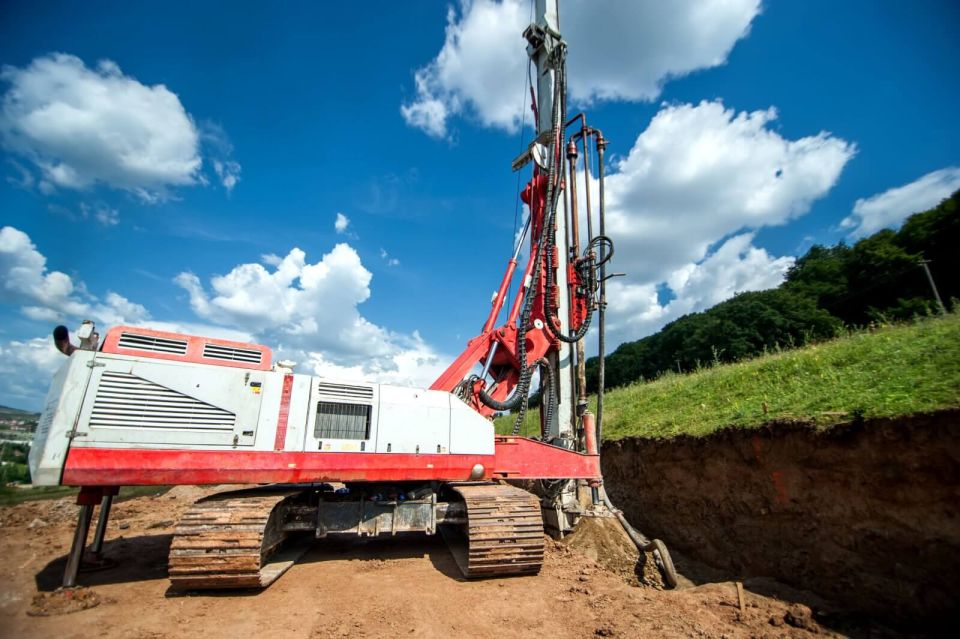

Making a Safe Workforce the Number One Priority
Automation isn’t just about cutting costs and improving data quality. It’s about keeping your workforce safe.
There is a reason the term “risk” has reached buzzword status around pre-start meetings and boardrooms alike. Risk threatens our ability to meet our objectives, whether that is a budget, a deadline, or a quality benchmark. In major construction projects, the risks we are exposed to include significant injury or death of either project team members or the public, and for this reason demand considerable management. Risk management is essential to the success of any business or project. The process is universal – identify the hazard, assess the risk, implement proportional controls, monitor, and adapt accordingly. Rinse, repeat.
A key word in the risk management process is “proportional”. The term “practicable” is an equally ambiguous term used in the same context – “apply whatever measures are practicable to remove the risk” – but with a subtly different implication. The message is this – moderate your response according to the risk. The most common tool for determining an appropriate level of control is the Risk Matrix. By considering the potential consequence of interacting with an identified hazard – and the severity thereof – and factoring it with the likelihood, a metric of risk is determined. When assessing risks that involve personnel interfacing with plant and machinery, live traffic, rail or unstable ground, the control we can have over the consequence becomes very limited and the focus turns to reducing the likelihood of the worst occurring. When the consequence is a high chance of loss of life, discussions of proportionality turn to practicability and the gloves come off in the fight between risk management and impact to the project.
I recall a project where an inclinometer was installed near a busy highway. It needed monitoring weekly. The contractor was unwilling to pay for traffic management as the hole was effectively off the road, but the monitoring technicians were uncomfortable being so close to live traffic. A string of In-Place Inclinometers was installed, allowing the contractor to receive more data faster and, for the same cost as two days’ traffic management, the need for frequent physical access to the instrument was removed.
The cost of the instrument was trivial in comparison to the potential impact of a car straying from the carriageway or a collision occurring close to the hole while a technician operated there. When assessing the risk, the consequence of an incident is unavoidably death or permanent disability. The likelihood was above zero. A proportional response would be the use of traffic management. However, that solution was not deemed to be practicable. By reducing the time required at that location from once a week to a twice yearly maintenance visit, we reduced exposure to risk (and thereby the likelihood of incident) by 95%. In fact, the result was better than that; the reduced frequency of visits made the cost of traffic management far more palatable (practicable) and it was accepted by the head contractor for installation and maintenance works.
A similar scenario, a large open cut mine I once visited had concerns that a bench might fail. A large crack along the bench suggested it was imminent. Their method for determining rate of change involved two planks of wood secured by a star picket either side of the crack, with a paint mark indicating their initial position. The alignment of that mark was their reference and measurement to monitor the health of the berm. I’m no stranger to a bit of bush mechanics and enjoy some outback ingenuity and in their defence, the system worked! In any regard, I’m sure it’s not the only site where similar methods have been used and I’m sure many of you reading will have similar stories. In order to monitor this inevitable failure, engineers were driving site vehicles up to the location and walking to the very position they expected to fail at any moment. If a telemetered extensometer were to be supplied and installed, for a few hundred dollars and in a matter of days, they could have a system that provides critical warning to those in danger, in real time, whilst avoiding any physical presence in a high risk area. An opportunity for both a practicable and proportional response to a critical risk.
Instrumentation and monitoring, by its very nature, is often required where hazards are most prevalent – active construction zones, running rail, live traffic, failing slopes. The risk exposure for personnel is directly proportional to the amount of time spent on site. Risk exposure to public, property and project is directly proportional to the time taken to respond to an event. Automated monitoring solutions minimise both of these factors.